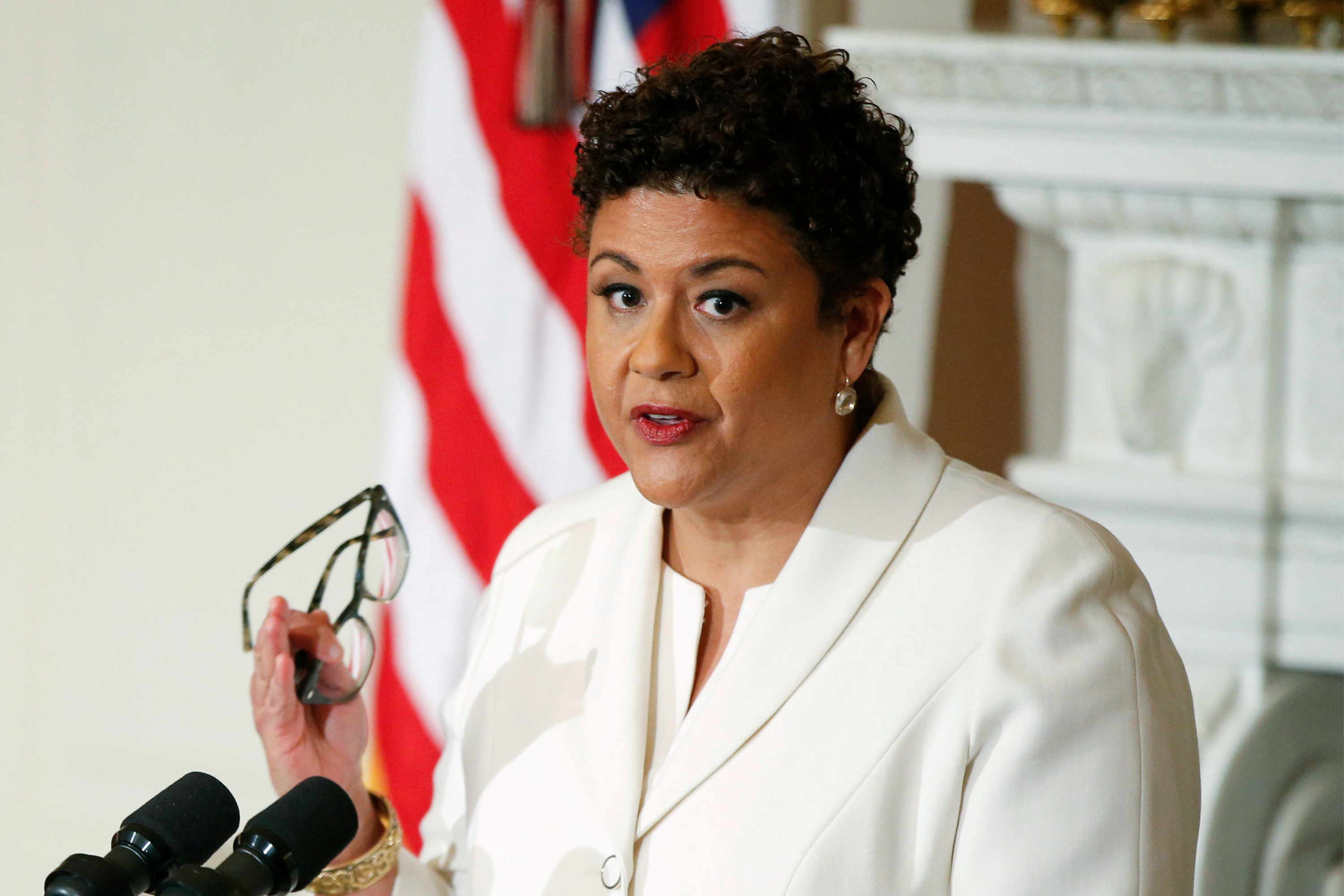What's Happening?
A recent opinion piece reflects on personal experiences with former First Lady Barbara Bush, highlighting her unique personality and memorable moments. The article recounts various interactions with Barbara Bush, including
her practical approach to life and her distinctive style, such as her preference for a heavy triple-strand pearl necklace. The narrative also shares a humorous incident involving Barbara Bush's hair dye mishap during a political campaign, which led to her decision to embrace her natural white hair. The piece provides a glimpse into the personal side of Barbara Bush, beyond her public persona, through anecdotes shared by the author.
Why It's Important?
The reflection on Barbara Bush's life offers insights into the personal qualities that endeared her to many Americans. Her pragmatic approach and ability to handle public life with grace and humor are highlighted, providing a deeper understanding of her influence as a First Lady. This narrative contributes to the historical memory of Barbara Bush, emphasizing her role in shaping the public's perception of the First Lady's position. It also underscores the importance of personal stories in preserving the legacy of public figures, offering a more intimate view of their lives and values.
What's Next?
As the article revisits Barbara Bush's legacy, it may inspire further discussions and retrospectives on the contributions of First Ladies to American society. Such reflections could lead to renewed interest in the historical and cultural impact of First Ladies, potentially influencing how future First Ladies are perceived and remembered. Additionally, the personal anecdotes shared may encourage others to share their own stories, enriching the collective memory of influential figures in American history.
Beyond the Headlines
The article highlights the cultural significance of personal narratives in understanding historical figures. By sharing lesser-known stories, it challenges the often one-dimensional portrayal of public figures, offering a more nuanced perspective. This approach can foster a greater appreciation for the complexities of public life and the personal sacrifices made by those in the public eye. It also raises questions about the role of media in shaping public perceptions and the importance of preserving diverse narratives in historical documentation.














